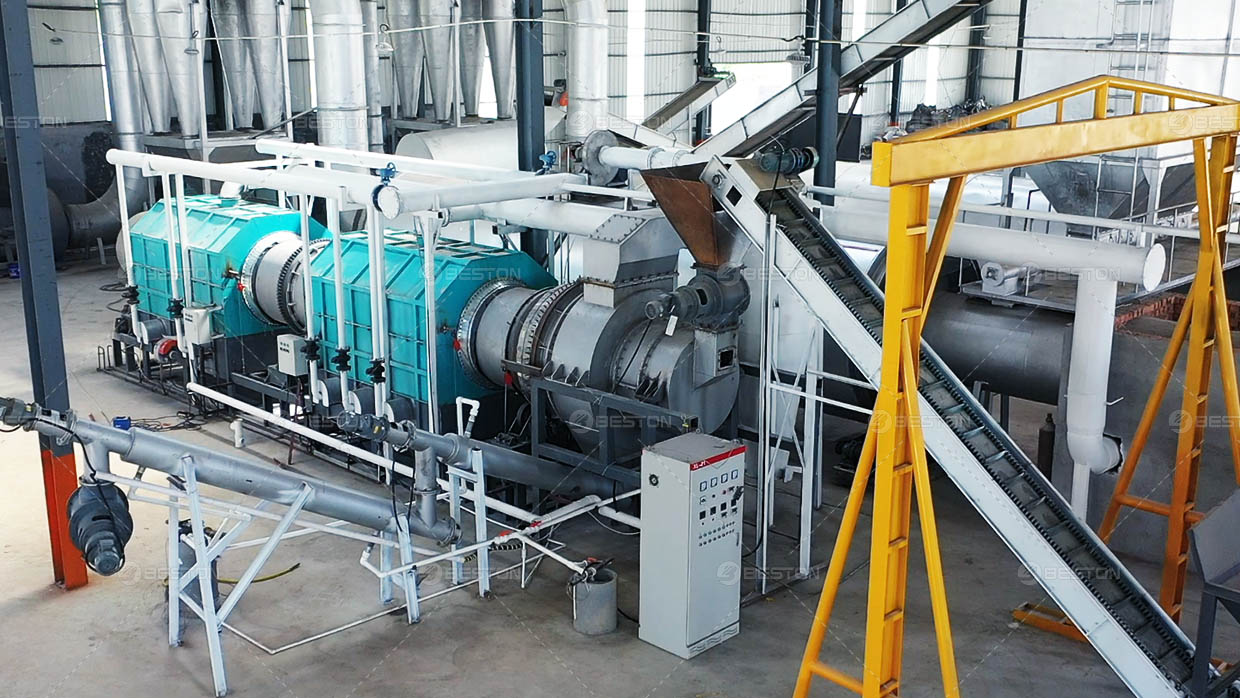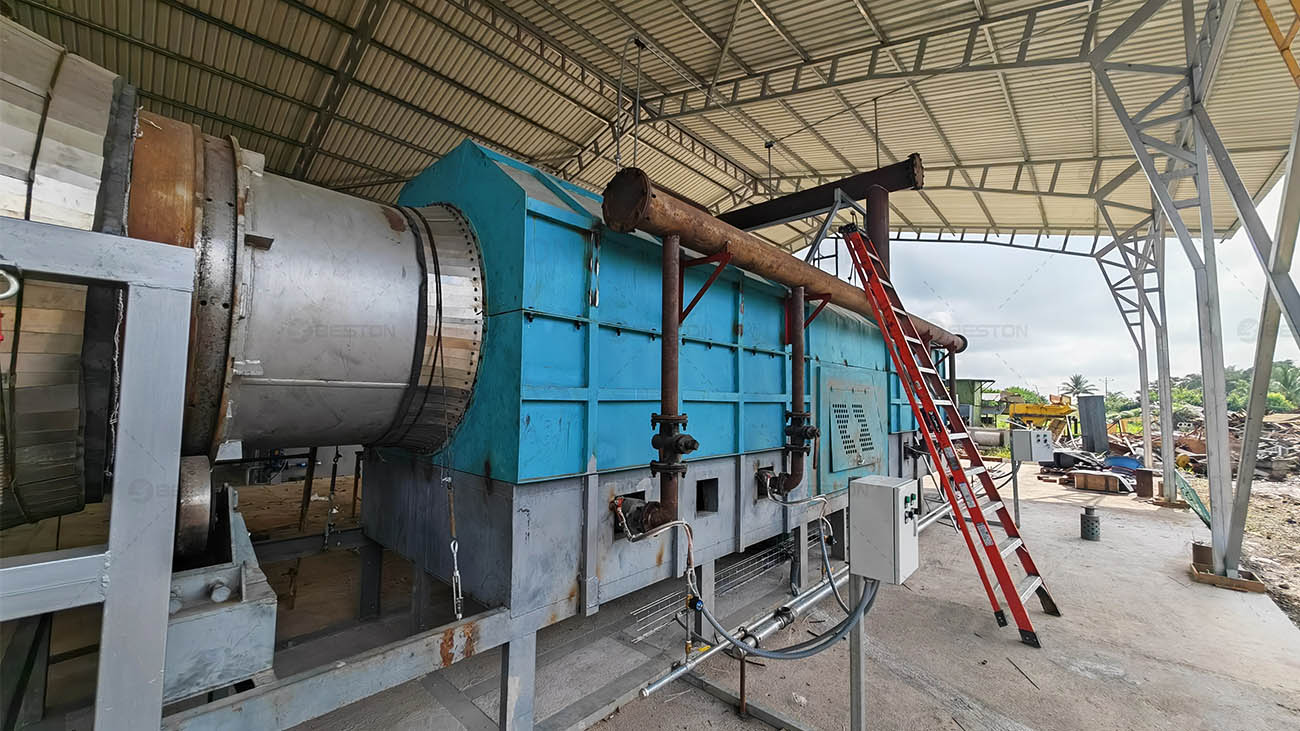Wood charcoal production is an age-old practice that has evolved significantly due to advancements in technology. As environmental concerns grow, the efficiency of producing wood charcoal has become increasingly important. Implementing modern techniques and optimizing the operational processes can lead to higher yields, reduced waste, and improved economic viability. This article explores various strategies to enhance the efficiency of wood charcoal production, particularly focusing on the role of the charcoal making machine.

Understanding the Charcoal Production Process
The process of producing charcoal involves the pyrolysis of wood, where organic material decomposes under high temperatures in the absence of oxygen. This results in the transformation of biomass into charcoal, a material known for its high carbon content and low moisture levels. The efficiency of this process hinges on several factors, including the type of raw materials used, the technology employed, and the operational conditions maintained during production.
Selecting Quality Raw Materials
The choice of raw materials significantly impacts the efficiency of charcoal production. High-density hardwoods, such as oak and hickory, are preferred due to their higher carbon yield compared to softer woods. Additionally, the moisture content of the biomass should be minimized prior to processing.
- Moisture Reduction: Proper drying techniques, such as air drying or using solar dryers, can reduce the moisture content of wood, allowing for more efficient pyrolysis. Lower moisture levels enhance combustion efficiency and yield a higher-quality charcoal product.
- Uniform Sizing: Raw materials should be cut into uniform sizes to ensure even heating and pyrolysis. Using a wood chipper can facilitate this process, leading to consistent particle sizes that promote efficient thermal processing.
Utilizing Advanced Charcoal Making Machines
Investing in a modern charcoal making machine can significantly enhance production efficiency. These machines are designed with advanced features that optimize the carbonization process.
- Continuous Feed Systems: Unlike traditional batch systems, continuous feed charcoal making furnace allow for a constant input of raw materials. This leads to uninterrupted production and higher output rates.
- Energy Recovery Systems: Many modern charcoal making machines incorporate energy recovery systems that capture the heat generated during pyrolysis. This heat can be reused to power the process or for pre-drying the biomass, thus reducing fuel consumption and operational costs.
- Automated Controls: Automation in charcoal production enhances process control, allowing for precise regulation of temperature and retention time. This leads to more consistent product quality and higher yields.
Optimizing Pyrolysis Conditions
The efficiency of the pyrolysis process can be significantly influenced by the operational conditions maintained during carbonization.
- Temperature Control: Optimal pyrolysis temperatures typically range between 400°C and 700°C. Maintaining these temperatures ensures that maximum carbonization occurs, minimizing the production of volatile compounds and maximizing charcoal yield.
- Retention Time: The time raw materials spend in the pyrolysis chamber is crucial. Short retention times may lead to incomplete carbonization, while excessively long retention may result in the degradation of charcoal. Finding the optimal balance based on the type of biomass and the desired charcoal quality is essential.
- Inert Atmosphere Maintenance: Ensuring an oxygen-free environment is critical to the charcoal production process. Any exposure to oxygen can lead to combustion rather than pyrolysis, diminishing the yield. Regular maintenance of the wood charcoal making machine can help prevent leaks and ensure an inert atmosphere.
Implementing Quality Control Measures
Establishing quality control measures throughout the production process can greatly enhance overall efficiency and product quality.
- Regular Testing: Conducting tests on the produced charcoal for moisture content, ash content, and carbon percentage can help in assessing product quality. Regular monitoring allows for timely adjustments to the production process, ensuring that quality standards are met.
- Feedback Loops: Implementing feedback systems that integrate data on production metrics can help identify inefficiencies and areas for improvement. This continuous improvement approach can lead to better resource management and higher yields over time.
Reducing Waste and Byproducts
Minimizing waste generated during the charcoal production process is not only environmentally responsible but also enhances economic efficiency.
- Utilizing Byproducts: The pyrolysis process generates various byproducts, including tar and wood vinegar. These can be harvested and sold or used in other applications, providing additional revenue streams. For example, wood vinegar can serve as a natural pesticide or soil conditioner.
- Efficient Waste Management: Implementing effective waste management practices ensures that any unusable biomass or byproducts are processed sustainably. This may include composting non-toxic waste materials or finding alternative uses for ash produced during carbonization.

Conclusion
Improving the efficiency of wood charcoal production is a multifaceted endeavor that requires careful consideration of raw materials, advanced technology, optimized operational conditions, and robust quality control measures. By leveraging modern carbonization furnace and adopting best practices, manufacturers can significantly enhance their production capabilities, reduce waste, and ultimately contribute to a more sustainable approach to charcoal production. As the demand for eco-friendly alternatives continues to rise, investing in efficiency improvements will be crucial for maintaining competitiveness in the industry.